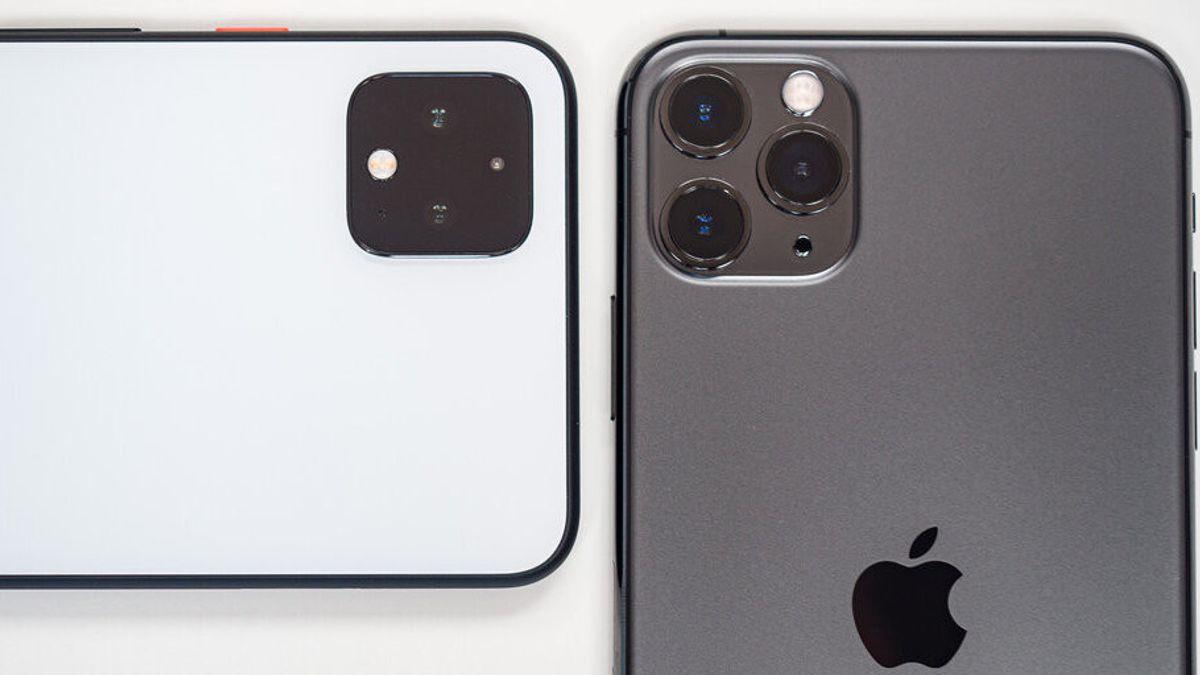
JAKARTA – In order to be able to compete in the market smartphone, Google plans to make its own processor chipset. This innovation was carried out by Google so that it began to be known as a producer smartphone, especially the Pixel.
According to reports The VergeAt the beginning of next year, Google intends to use a chipset created by itself to be embedded in its newest device. The plan is that the new device that will use the chipset made by Google will be given to the Pixel 5 and above.
This strategy mimics what Apple adopted a decade ago, when it developed its first concocted chipset, Apple A4. At that time, Apple collaborated with Samsung in producing its own processor chipsets.
Also read:
- Get acquainted with the Google Assistant Companion Duplex Feature
- Google is no longer selling Pixel 3 and Pixel XL
- Reduce Internet Load, YouTube Lower Video Quality Globally
Even though it seems ambitious, Google has done some trial and error in making its chipset mix. Google is also partnering with Samsung in making processor chips.
Rumors say the chipset made by Google, called Whitechapel, has a 5nm Samsung technology base and features an 8-core ARM processor. It is not stated in detail whether Google will make it in several core variants.
Whether two Cortex-A78 cores for the high-end class, two Cortex-A76 cores that are concerned with speed, or a cluster of four Cortex-A55 cores to adopt power-efficient multitasking. This chipset will also be combined with the Mali MP20 ARM GPU for graphics capabilities.
If there are no obstacles, Google will receive a prototype of this first chipset in the next few weeks. Testing will be carried out in Silicon Valley, until it is declared ready for production as soon as 2021.
Of course, Google is making quite a bit of progress by producing its own chipsets. Other rumors say that Google plans to embed this new chipset on Chromebook and Pixelbook devices as the kitchen spur.
In manufacturing, Google’s current chipset has been designed in such a way to support Pixel performance. This technology giant has buried the Pixel Visual Core for photography capabilities on the Pixel 2 and above, and Google M Titan on the security side.
Thus, the Google SoC can be a new technology that is ready to be immersed in the next Pixel series. Given that Apple and Huawei have been making their own chipsets over the years.
Where many Android devices still use Qualcomm to build SoCs embedded in their own devices. While Samsung still continues to run the Snapdragon 865 on high-end smartphones sold in the US, wherever it is sold, it still has its Exynos chipset immersed.
That’s it. You may also like to know:- (References Given Below)
.
Comments
Post a Comment